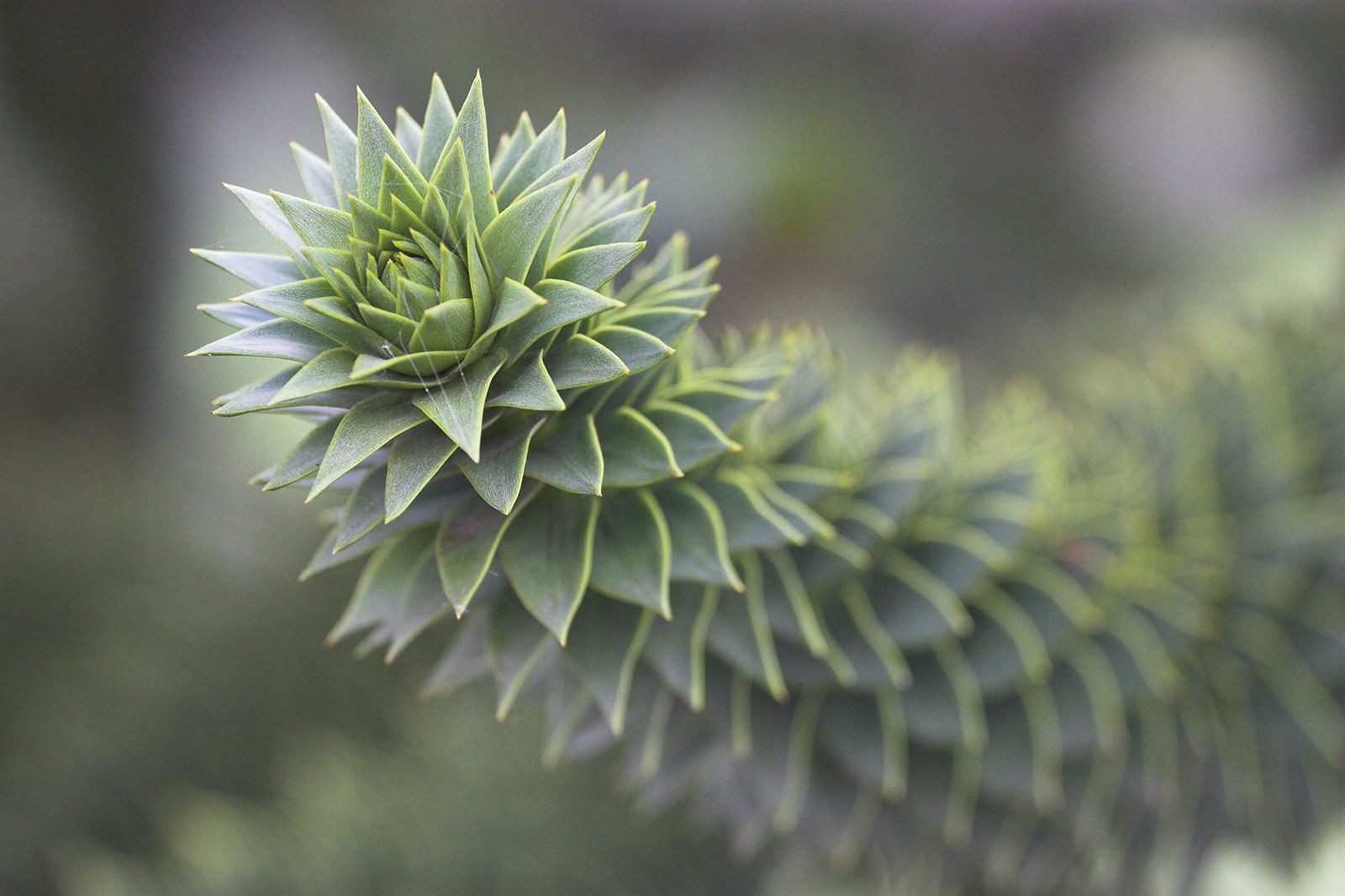
Ever wondered about the unique and intriguing Monkey Puzzle Tree? This ancient tree, also known as Araucaria araucana, has been around since the time of the dinosaurs. Native to Chile and Argentina, it stands out with its spiky, scale-like leaves and towering height. Often called a living fossil, this tree can live for over a thousand years. Its unusual name comes from the idea that even a monkey would struggle to climb its prickly branches. But what else makes the Monkey Puzzle Tree so fascinating? From its historical significance to its unique growth patterns, there's much to learn about this botanical wonder. Dive into these 27 facts to uncover the secrets of this remarkable tree.
What is a Monkey Puzzle Tree?
The Monkey Puzzle Tree, also known as Araucaria araucana, is a fascinating and ancient species. Native to Chile and Argentina, this tree has captured the imagination of many due to its unique appearance and historical significance.
- The Monkey Puzzle Tree is often called a living fossil because it has existed for over 200 million years.
- Its name comes from an Englishman who remarked that climbing the tree would puzzle even a monkey.
- The tree can grow up to 150 feet tall, making it a giant in the plant world.
- It has a lifespan of around 1,000 years, allowing it to witness centuries of history.
Unique Characteristics of the Monkey Puzzle Tree
This tree stands out not just for its age but also for its unique physical traits. Its appearance is unlike any other tree, making it a subject of curiosity and admiration.
- The leaves are thick, tough, and scale-like, providing excellent protection against herbivores.
- Its branches grow in a whorled pattern, giving it a symmetrical and almost geometric look.
- The bark is dark brown and peels off in thin flakes, adding to its unique texture.
- The tree produces large, edible seeds known as piñones, which are a traditional food source for indigenous people.
Ecological Importance
The Monkey Puzzle Tree plays a crucial role in its native ecosystem. It supports various forms of wildlife and contributes to the environment in multiple ways.
- The tree provides habitat for various bird species, including the endangered Magellanic woodpecker.
- Its seeds are a vital food source for small mammals and birds.
- The tree helps prevent soil erosion with its extensive root system.
- It contributes to the local climate by providing shade and releasing moisture into the air.
Cultural Significance
Beyond its ecological role, the Monkey Puzzle Tree holds cultural importance for the indigenous Mapuche people and others who have come to appreciate its unique qualities.
- The Mapuche people consider the tree sacred and use its seeds in traditional ceremonies.
- It is often planted in gardens and parks for its ornamental value.
- The tree has been featured in various forms of art, including paintings and sculptures.
- It is a popular subject in botanical gardens around the world, attracting numerous visitors.
Conservation Efforts
Given its ancient lineage and ecological importance, conserving the Monkey Puzzle Tree is crucial. Various efforts are underway to ensure its survival for future generations.
- The tree is listed as an endangered species due to deforestation and habitat loss.
- Conservation programs focus on protecting its natural habitat and promoting sustainable land use.
- Botanical gardens and arboretums around the world participate in seed exchange programs to preserve genetic diversity.
- Local communities are involved in reforestation projects to restore native forests.
Fun Facts About the Monkey Puzzle Tree
Aside from its scientific and cultural significance, the Monkey Puzzle Tree has some fun and quirky aspects that make it even more interesting.
- The tree's scientific name, Araucaria araucana, is derived from the Araucanía region in Chile.
- It is sometimes called the "Chilean Pine," although it is not a true pine tree.
- The tree's wood is highly valued for its durability and is used in construction and furniture making.
- It has been featured in various movies and TV shows due to its striking appearance.
- The tree's seeds can be roasted and eaten, tasting somewhat like chestnuts.
- It is a popular choice for bonsai enthusiasts due to its slow growth and unique form.
- The tree's resin has been used traditionally for medicinal purposes, including treating wounds and respiratory issues.
The Final Word on Monkey Puzzle Trees
Monkey puzzle trees are more than just eye-catching evergreens. Their ancient lineage, unique appearance, and adaptability make them fascinating. These trees can live for over a thousand years, standing tall and proud through the ages. Their spiky leaves and distinctive shape not only deter predators but also make them a conversation starter in any garden.
Beyond their looks, monkey puzzle trees play a role in their ecosystems, providing habitat and food for various species. They’re also a reminder of our planet’s rich history, dating back to the time of the dinosaurs.
Whether you’re a gardener, a nature enthusiast, or just someone who loves interesting facts, the monkey puzzle tree offers something for everyone. So next time you see one, take a moment to appreciate its beauty and the stories it holds.
Was this page helpful?
Our commitment to delivering trustworthy and engaging content is at the heart of what we do. Each fact on our site is contributed by real users like you, bringing a wealth of diverse insights and information. To ensure the highest standards of accuracy and reliability, our dedicated editors meticulously review each submission. This process guarantees that the facts we share are not only fascinating but also credible. Trust in our commitment to quality and authenticity as you explore and learn with us.
